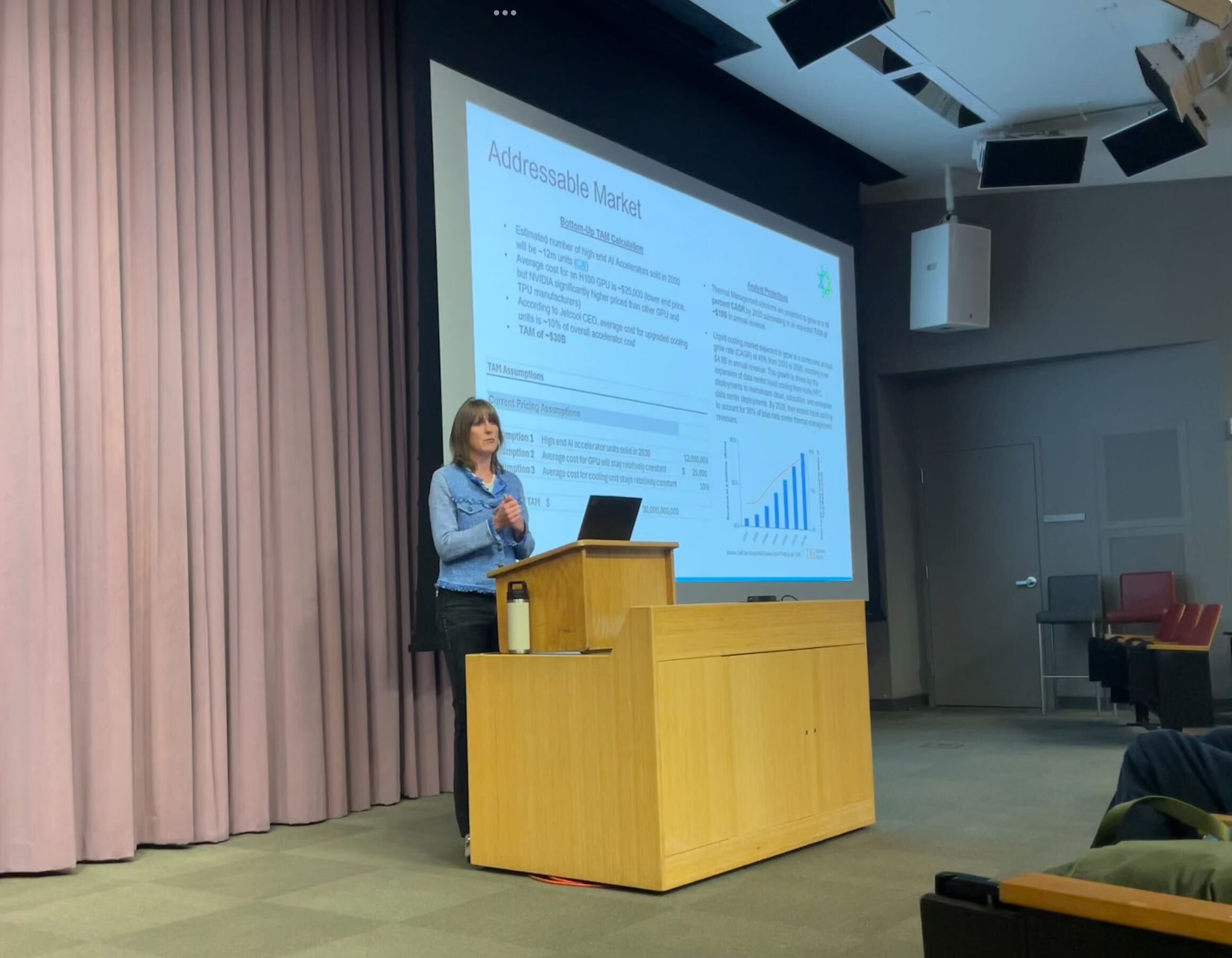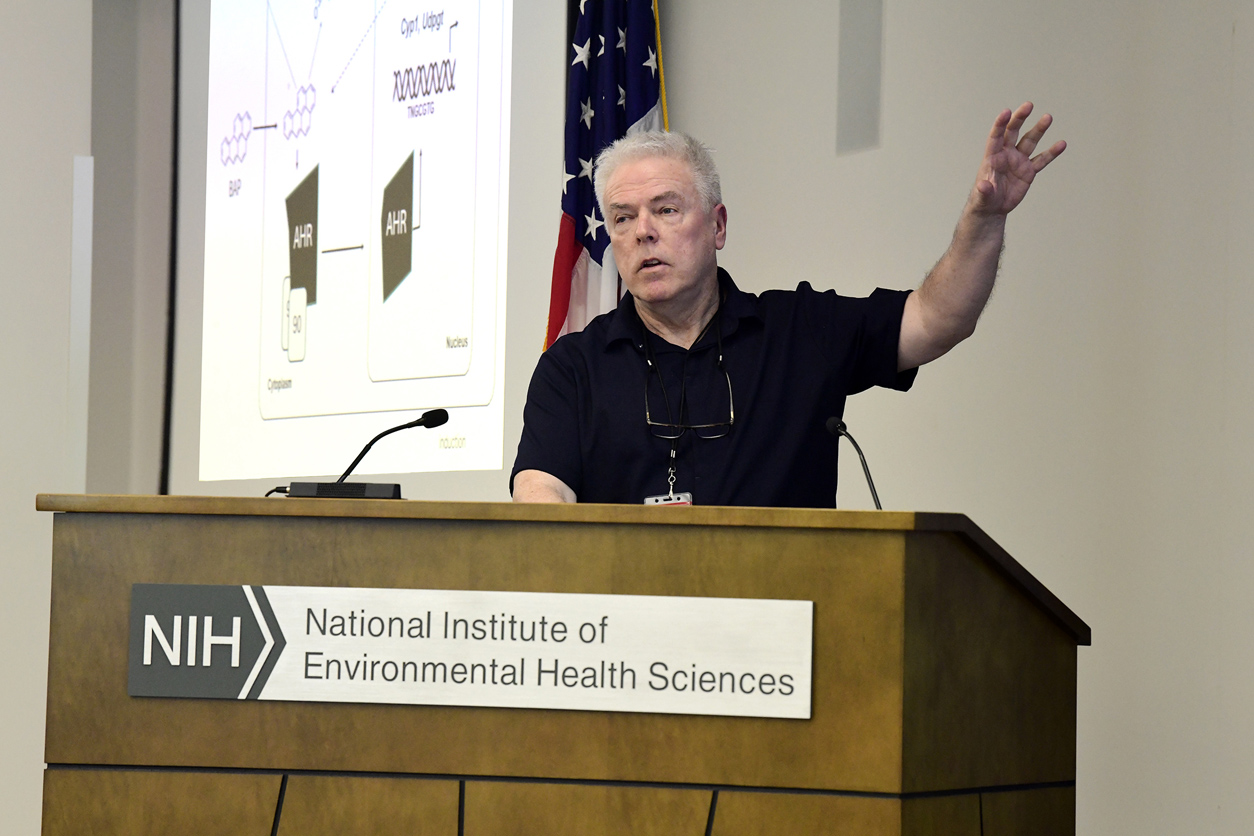Another Voice: Why hasn’t the Environmental Impact Statement process started on Kensington? – Buffalo News

Report on the Kensington Expressway Restoration Project and its Alignment with Sustainable Development Goals
Executive Summary
This report examines the proposed restoration of the Kensington Expressway in Buffalo, New York, through the lens of the United Nations Sustainable Development Goals (SDGs). The project is currently mandated to undergo a full Environmental Impact Statement (EIS) as required by the National Environmental Policy Act (NEPA). The analysis indicates that the project’s direction and the procedural delays have significant implications for several SDGs, including SDG 3 (Good Health and Well-being), SDG 11 (Sustainable Cities and Communities), SDG 13 (Climate Action), and SDG 16 (Peace, Justice and Strong Institutions). The report concludes that for the project to align with global sustainability targets, the forthcoming EIS process must prioritize community health, sustainable infrastructure, and climate resilience over vehicular capacity.
The Environmental Impact Statement (EIS) Process
The National Environmental Policy Act (NEPA) provides a critical framework for environmental governance, directly supporting the principles of SDG 16 by ensuring accountable and transparent institutions. The EIS process is a core component of NEPA.
- Purpose: To require a comprehensive evaluation of the environmental and community impacts of a proposed action before it is undertaken.
- Public Participation: It provides a formal mechanism for public input, comment, and appeals, ensuring that decision-making is inclusive and representative (SDG 16).
- Process Stages:
- An initial Environmental Assessment is conducted to determine if a full EIS is necessary.
- If mandated, a full EIS must evaluate the proposed project and all reasonable alternatives.
- A “scoping phase” is initiated to seek input from the public and all stakeholders.
Kensington Expressway Project Status
The restoration project for the Kensington Expressway has proceeded through the initial stages of the NEPA process, but a court ruling has mandated a more thorough review in alignment with environmental justice and sustainability principles.
- An Environmental Assessment was completed, which endorsed a plan prioritizing vehicular capacity.
- Subsequent legal challenges resulted in a judicial decision requiring a full EIS to provide a fair and impartial analysis of all environmental impacts.
- The project is currently awaiting the “Notice of Intent” and the “scoping phase,” which will open the process to public input. This delay is a critical impediment to progress.
Analysis of Sustainable Development Goal (SDG) Implications
The current trajectory of the Kensington Expressway project conflicts with several key SDGs. The mandated EIS presents an opportunity to realign the project with sustainable development principles.
SDG 3: Good Health and Well-being & SDG 11: Sustainable Cities and Communities
- The initial plan’s focus on vehicular capacity is detrimental to community health, potentially increasing air and noise pollution, which contradicts the aims of SDG 3.
- Achieving SDG 11 requires creating inclusive, safe, resilient, and sustainable urban environments. This involves prioritizing public and green spaces and the well-being of residents over traffic flow.
SDG 13: Climate Action
- Infrastructure projects that expand or prioritize roadway capacity for single-occupancy vehicles are inconsistent with SDG 13, which calls for urgent action to combat climate change.
- The EIS must evaluate alternatives that reduce greenhouse gas emissions, such as integrated public transport, and infrastructure for cycling and pedestrians.
SDG 16: Peace, Justice and Strong Institutions
- The EIS process itself is an instrument for achieving SDG 16, as it provides access to justice and ensures responsive, inclusive, and participatory decision-making.
- The court’s intervention underscores the importance of strong institutions in upholding environmental law. The current delay in initiating the public scoping phase undermines this principle and hinders stakeholder engagement.
Recommendations for a Sustainable Path Forward
To ensure the Kensington Expressway restoration aligns with the Sustainable Development Goals, the following steps are recommended:
- Initiate Public Scoping: The lead agency must promptly issue the Notice of Intent and begin the public scoping phase to ensure the process is transparent and participatory, in line with SDG 16.
- Integrate SDGs into EIS Alternatives: The EIS must explicitly assess all proposed alternatives against relevant SDG targets, particularly those related to health (SDG 3), sustainable urbanism (SDG 11), and climate change (SDG 13).
- Prioritize Community Health: The final project design must prioritize the health and well-being of the adjacent community over the maximization of vehicular throughput.
Analysis of Sustainable Development Goals in the Article
1. Which SDGs are addressed or connected to the issues highlighted in the article?
- SDG 3: Good Health and Well-being: The article explicitly raises concerns about the project’s impact on public health, questioning a plan that “prioritizes vehicular capacity at the expense of the health of the community.”
- SDG 11: Sustainable Cities and Communities: The focus is on a major urban infrastructure project (the Kensington Expressway) and its environmental and social impacts on the city of Buffalo. The need for proper planning and impact assessment is a central theme.
- SDG 16: Peace, Justice and Strong Institutions: The article is fundamentally about the application of environmental law (NEPA), the requirement for a transparent legal process (the EIS), and the importance of public participation in governmental decision-making. It highlights the role of the judiciary in enforcing these procedures.
2. What specific targets under those SDGs can be identified based on the article’s content?
- Target 3.9: By 2030, substantially reduce the number of deaths and illnesses from hazardous chemicals and air, water and soil pollution and contamination. The concern that the expressway project could negatively affect the “health of the community” directly relates to potential increases in air and noise pollution, which this target aims to reduce.
- Target 11.3: By 2030, enhance inclusive and sustainable urbanization and capacity for participatory, integrated and sustainable human settlement planning and management in all countries. The article’s detailed discussion of the Environmental Impact Statement (EIS) process, which requires “input from all stakeholders” and “public input and comment,” is a direct example of striving for participatory and integrated planning for an urban project.
- Target 11.6: By 2030, reduce the adverse per capita environmental impact of cities. The entire purpose of the EIS, as described in the article, is to conduct a “complete evaluation of impacts before an action takes place,” which aligns with the goal of understanding and reducing the adverse environmental impacts of urban development.
- Target 16.7: Ensure responsive, inclusive, participatory and representative decision-making at all levels. The article emphasizes that the EIS process “provides a clear mechanism for public input and comment, and an opportunity to appeal decisions.” The author’s search for the “Notice of Intent and the ‘scoping phase,’ in which public input is sought” underscores the importance of this target in the context of the expressway project.
3. Are there any indicators mentioned or implied in the article that can be used to measure progress towards the identified targets?
- Completion of a full Environmental Impact Statement (EIS): The article centers on the legal requirement for a “full EIS” to be completed. The judge’s decision states, “The EIS is the only instrument that would provide a fair and impartial analysis of all of the considerable environmental impacts.” The existence and quality of this document serve as a primary indicator of progress towards transparent and informed planning (Targets 11.3, 11.6).
- Implementation of public participation mechanisms: The article explicitly mentions key procedural steps that act as indicators of public participation (Target 16.7). These include the “Notice of Intent,” the “scoping phase,” and opportunities for “public comment and hearings.” The author notes that this is currently the “missing piece,” indicating a lack of progress.
- Analysis of community health impacts: The article implies that the EIS should measure the project’s impact on the “health of the community.” An indicator would be the inclusion of a health impact assessment within the EIS, evaluating factors like air and noise pollution that relate directly to the concerns raised and to Target 3.9.
4. Summary Table of SDGs, Targets, and Indicators
| SDGs | Targets | Indicators Identified in the Article |
|---|---|---|
| SDG 3: Good Health and Well-being | 3.9: Reduce illnesses from pollution and contamination. | Implied: Analysis within the EIS of the project’s impact on the “health of the community” (e.g., air and noise pollution). |
| SDG 11: Sustainable Cities and Communities | 11.3: Enhance inclusive and participatory sustainable urban planning. | The mandatory completion of a “full EIS” that considers “all reasonable alternatives” and stakeholder input. |
| 11.6: Reduce the adverse per capita environmental impact of cities. | The “complete evaluation of impacts” on the environment required by the EIS process. | |
| SDG 16: Peace, Justice and Strong Institutions | 16.7: Ensure responsive, inclusive, and participatory decision-making. | The provision of a “clear mechanism for public input and comment,” including a “scoping phase” and “public hearings.” |
Source: buffalonews.com

What is Your Reaction?
 Like
0
Like
0
 Dislike
0
Dislike
0
 Love
0
Love
0
 Funny
0
Funny
0
 Angry
0
Angry
0
 Sad
0
Sad
0
 Wow
0
Wow
0













































































